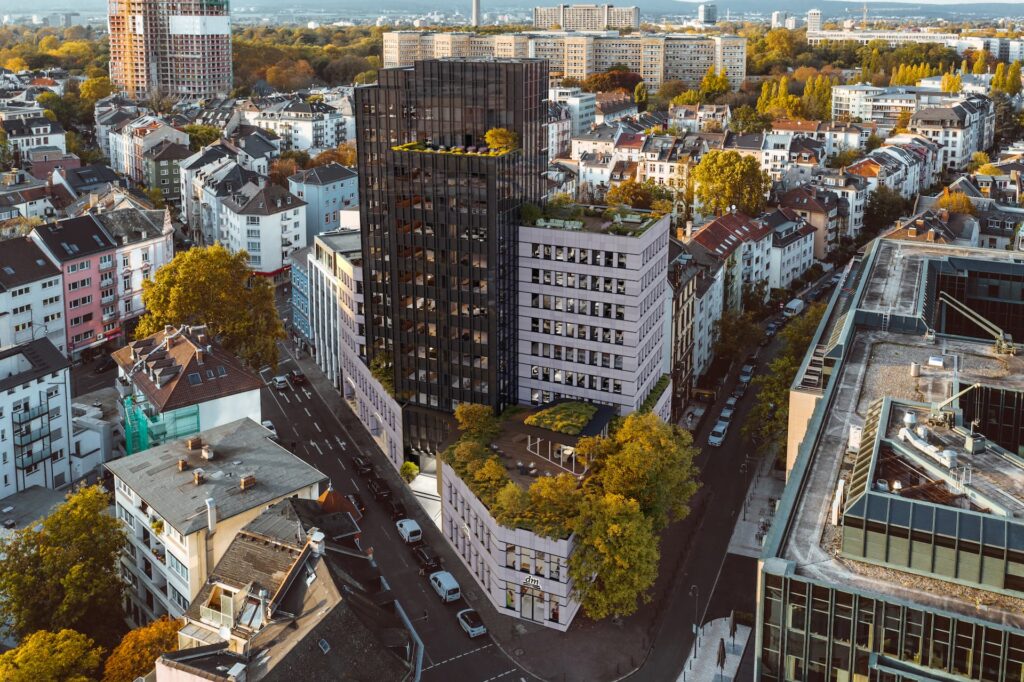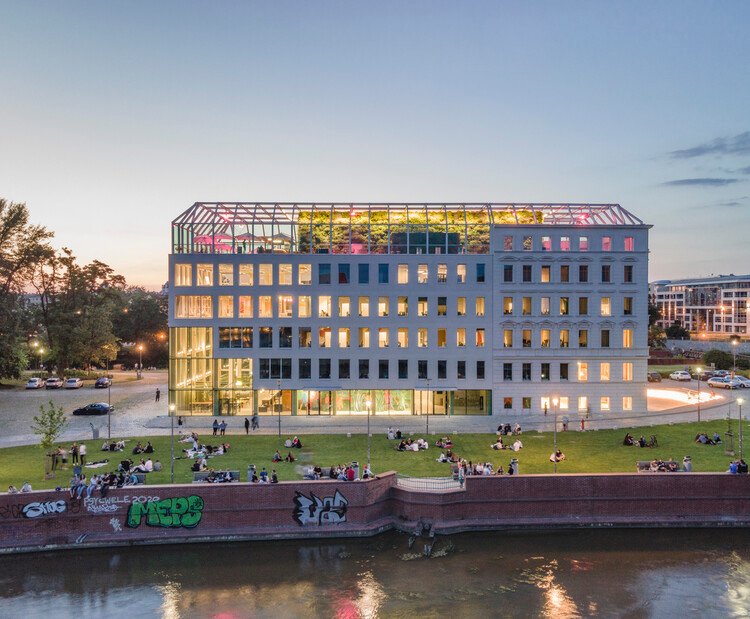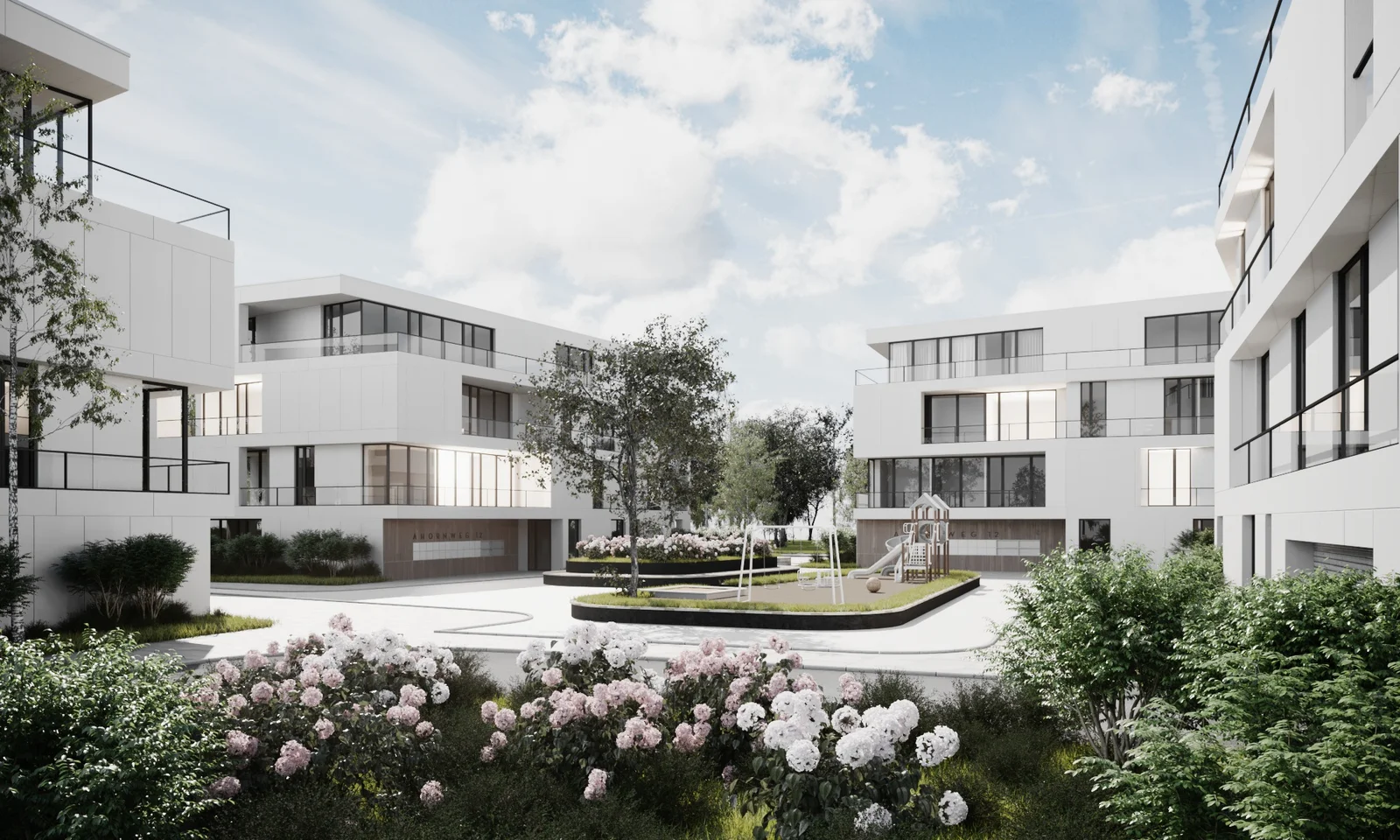How Glass Structures are Realistically Represented in 3D Renderings
3D rendering has revolutionized the field of architecture and design by enabling the creation of realistic, detailed visualizations of structures before they are physically built. One of the prime aspects of this technological leap is the ability to realistically represent various materials, including glass. This blog post will explore the techniques and nuances involved in creating photo-realistic 3D renderings of glass structures.
Understanding the Fundamentals of 3D Rendering of Glass
Before we delve into the details of creating realistic 3D renderings of glass structures, it’s crucial to understand the basics of 3D rendering and how it applies to various materials, including glass.
The Role of Light in 3D Rendering
Light plays a fundamental role in 3D rendering, determining how a rendered object appears to the viewer. With glass, the interaction of light is complex due to the material’s transparency and reflective properties. 3D rendering software uses algorithms to simulate how light interacts with glass, considering aspects such as refraction, reflection, absorption, and dispersion.
Transparency and Refraction
Transparency is a defining characteristic of glass, and it’s vitally important to capture this in 3D renderings. Rendering software accomplishes this through a process known as refraction – the bending of light as it passes through a medium. Accurately simulating refraction is crucial to achieving a realistic representation of glass in 3D renderings.
Reflection and Glossiness
Aside from being transparent, glass is also reflective to varying degrees. This is represented in 3D renderings by adjusting the glossiness of the material. A high glossiness value results in a sharper and more defined reflection, typical of clean, smooth glass. On the other hand, a lower glossiness value can represent older or textured glass, which tends to scatter light more diffusely.
The Role of Advanced Software in Representing Glass Structures in 3D Renderings
How 3D Rendering Software Enhances the Realism of Glass Structures
In the world of 3D rendering, the use of advanced software plays a pivotal role in creating realistic glass structures. These software programs incorporate complex algorithms and techniques that allow designers to manipulate various properties of glass, such as transparency, refraction, and reflection. The ability to adjust these characteristics can make the glass structure appear more realistic in the 3D rendering.
Some popular 3D rendering software includes Blender, 3DS Max, and Cinema 4D. These platforms offer a range of tools and features that can help designers create stunning and realistic representations of glass. They provide control over factors like light direction, glass color, and even the type of glass (e.g., frosted, textured, or clear).
The Impact of Texture and Lighting
Texture and lighting also play a significant role in how glass structures are realistically represented in 3D renderings. Adding texture to the glass surface can create an additional layer of realism by simulating imperfections or unique characteristics found in real-world glass. For instance, adding a frosted or stained texture can give the glass a distinctive look.
Lighting, on the other hand, is fundamental in defining the glass structure’s appearance in the 3D rendering. It determines how the glass reflects and refracts light, which can drastically affect the overall realism of the rendering. By manipulating lighting conditions, designers can create a convincing representation of how the glass would look under different natural or artificial light sources.
The Importance of Realistic Glass Structures in 3D Renderings
Enhancing Visual Communication
Realistic representation of glass structures in 3D renderings can significantly enhance visual communication between architects, designers, clients, and other stakeholders. It provides a clear and detailed picture of the proposed design, allowing for better understanding and decision-making.
For instance, a client can get a more accurate idea of how a proposed glass-walled building would look in its surroundings. They can see how sunlight would interact with the glass at different times of the day, or how the building’s interior would look from the outside. This level of detail can help clients make informed decisions and can reduce the risk of costly changes later in the project.
Driving Architectural Innovation
The ability to realistically represent glass structures in 3D renderings also drives architectural innovation. It allows architects and designers to experiment with unique glass structures and designs that might have been too risky or difficult to visualize with traditional 2D sketches.
With 3D rendering, they can explore how different glass types, colors, and textures interact with light and environment. They can push the boundaries of architectural design, creating stunning and innovative glass structures that might not have been possible otherwise. This freedom to experiment and innovate can lead to breathtaking architectural masterpieces, pushing the boundaries of what’s possible in building design.In conclusion, the intricate process of representing glass structures in 3D renderings requires a deep understanding of both the artistic and technical aspects of the process. From understanding the properties of glass to adopting the right rendering techniques, a lot of elements come into play. With the help of advanced software and improved algorithms, we can now create stunningly realistic 3D renderings of glass structures. These advancements not only improve the aesthetic appeal of the designs but also allow for better planning and execution of architectural projects. In the end, the way glass structures are realistically represented in 3D renderings is a testament to the constant evolution of technology and the limitless possibilities it offers in the world of design and architecture.







